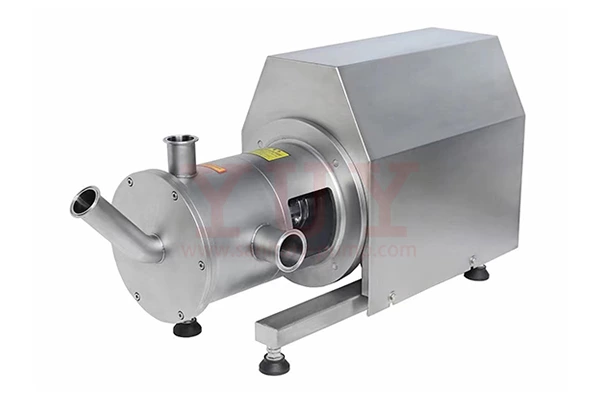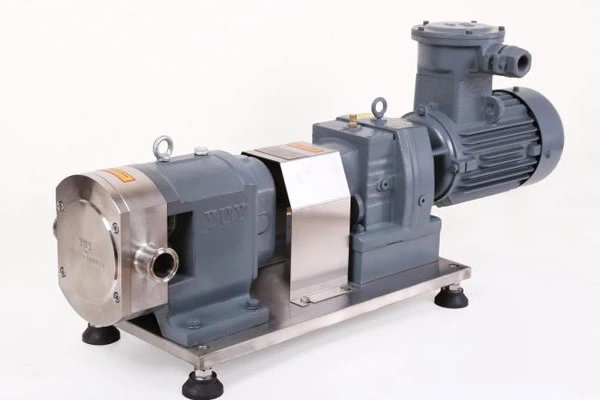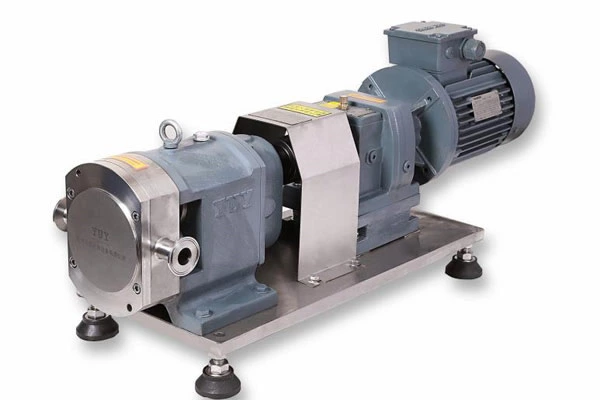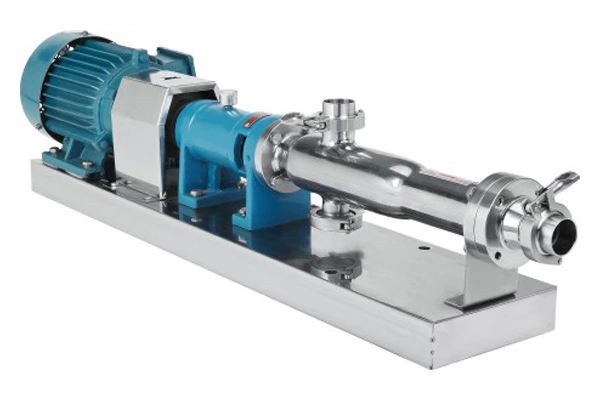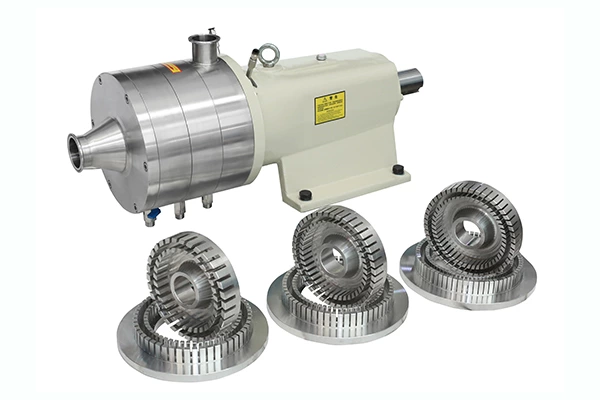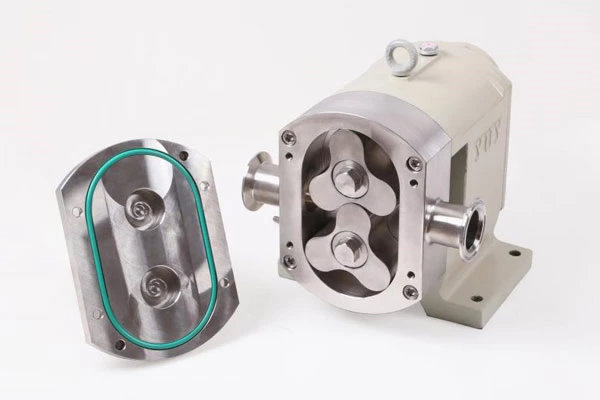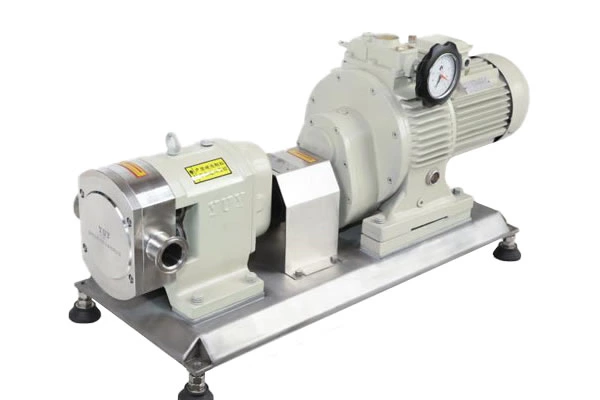Installation And Construction Method Of Solid-liquid Mixing Pump
1.Solid-Liquid Mixing Pump Disassembly and inspection
Before installation, pumps should be disassembled and inspected according to relevant specifications. The disassembly and inspection of the pump should be carried out according to the structure of the pump itself and in the correct disassembly and assembly order. Generally, the pump accessories (such as auxiliary pipelines, circulating cooling water system, etc.) should be removed first, and then the main engine part should be removed. The main contents of the disassembly and inspection include: checking the packing or mechanical seal, such as whether the clearance of the seals such as the sleeve, gland, bottom sleeve, pressure relief ring, oil seal ring, mouth ring, partition, bushing, etc. meets the requirements. The clearance of the bearing structure should be measured; the clearance of each component of the pump body should be measured; the curvature of the shaft should be checked, the pressure gauge and valve should be calibrated, and the lubricating oil pump, oil seal pump, cooler, filter and pipeline should be checked; the piston connecting rod mechanism should be checked.
2. Installation and trial operation of the pump
This process is applicable to the installation of centrifugal pumps, steam reciprocating pumps, electric reciprocating pumps, electric piston pumps, screw pumps, gear pumps, metering pumps, etc.
(1) Installation of the pump. Re-measure the foundation size, position and elevation. Check the appearance of the machine to ensure that there are no missing parts, damage or rust. The alignment of the disassembled pump should be based on the machined surface, and the integrally installed pump should be leveled with the inlet and outlet flange surfaces or other horizontal machined reference surfaces. The alignment of the two shafts should be based on the coupling. When connected with tape, the two shafts should be parallel, and their axial position should be based on the end faces of the two pulleys. The installation of all pipes and fittings connected to the pump body and the cleaning requirements of the lubricating oil pipeline should comply with relevant regulations.
(2) Test run of the pump. Before the test run, check the tightness of the anchor bolts. The secondary grouting and plastering should meet the design strength requirements. The cooling, heat transfer, insulation, cold preservation, flushing, filtration, dehumidification, lubrication, liquid seal and other systems and pipelines are connected correctly without leakage, and flushed and kept unobstructed. The mechanical seal should be cooled and assembled correctly, the shaft end packing should be appropriately tight, and the pressure reduction and cooling facilities of the packing under high temperature and high pressure should meet the requirements. Disconnect the coupling, connect the driver to the auxiliary pump after the no-load test run is qualified, and add a filter at the pump inlet, the effective area of which should not be less than 2 times the inlet cross section.
The pump should be started according to the specifications of different pumps and run at the rated load according to the specified time and steps. All requirements during the test run (temperature rise, temperature of each bearing and each moving part, vibration values of the pump, etc.) should meet the corresponding specifications and be recorded in detail. If abnormalities are found, they should be handled promptly.
